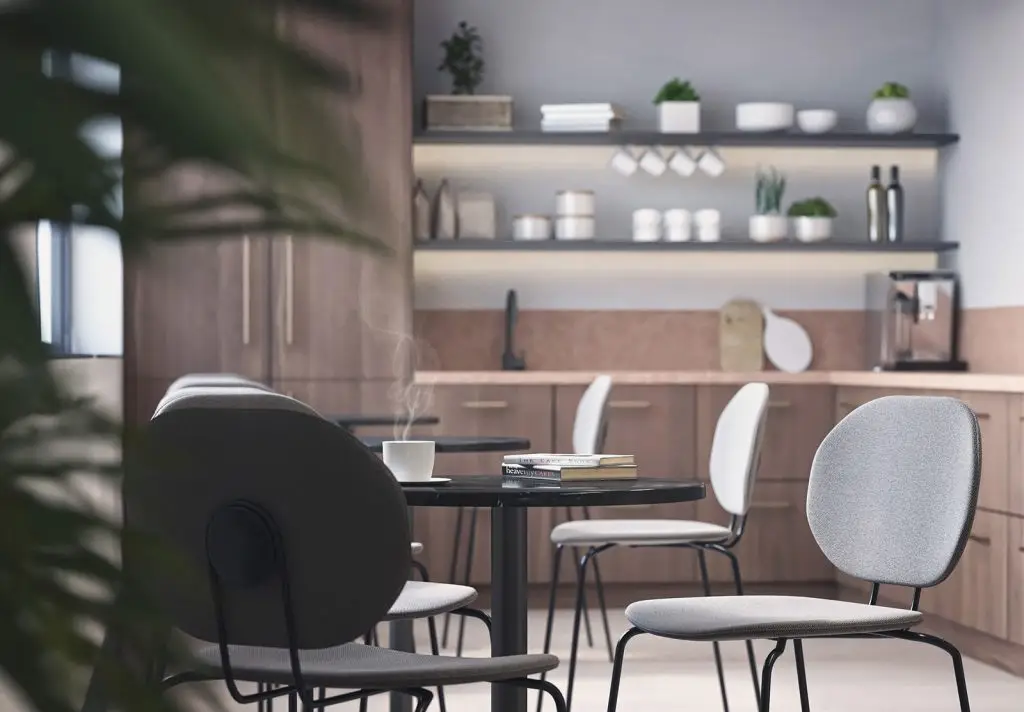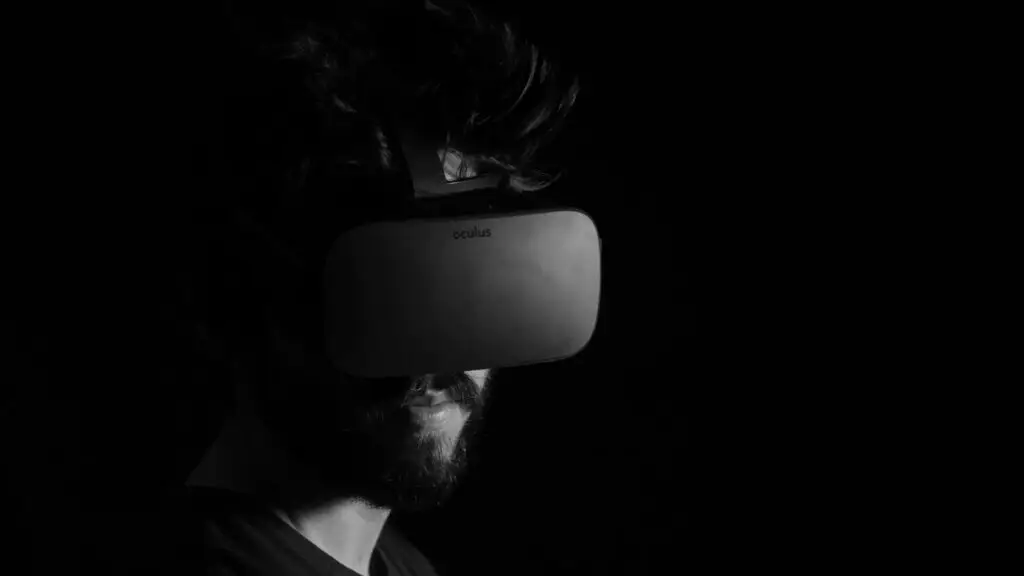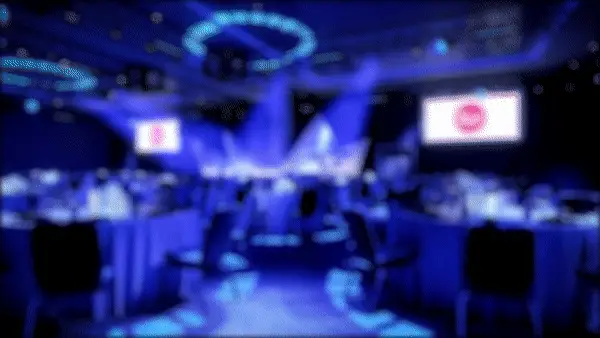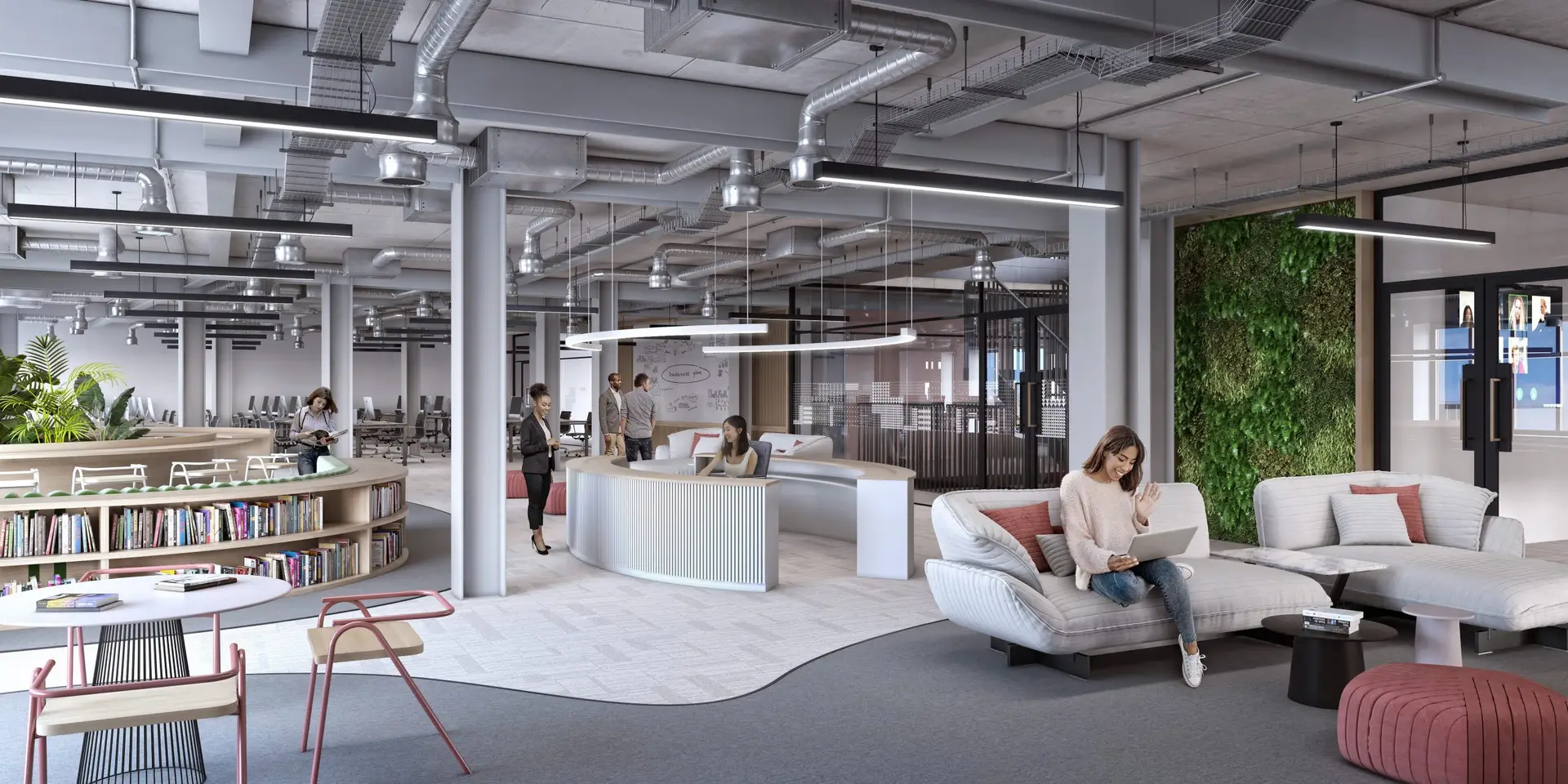
Why you should choose computer-animated cinematic over walkthroughs.
what is the difference between a computer-animated walkthrough and a computer-animated cinematic
A computer-animated walkthrough and a computer-animated cinematic are both forms of computer-generated animation, but they serve different purposes and have different characteristics.
A computer-animated walkthrough is a type of animation used to demonstrate and visualise the architecture or engineering of a building or product by animating a camera to move through the virtual environment. Walkthroughs are often used to showcase different design options, highlight features or functionalities, and provide a sense of scale and perspective.
On the other hand, a computer-animated cinematic is a type of animation used in movies, television shows, and video games to tell a story. They are created using advanced animation techniques and typically involve a team of artists and animators working together to create a cohesive and engaging story.
While both types of animations are created using similar technology and techniques, the primary difference between them is their purpose. Walkthroughs are used to showcase design or functionality, while cinematics are used to tell a story or create an immersive experience for the viewer.

Why customers should choose cinematic animation for architecture over an animated walkthrough.
Architectural visualisation has come a long way since its introduction into the AEC market. Today, technology has enabled architects and designers to create stunningly realistic visualisations of their designs. When it comes to choosing the right type of animation for showcasing architecture, there are two primary options: animated walkthroughs and cinematic animations.
While both types of animation can provide valuable insights into a building’s design and functionality, cinematic animations offer several advantages that make them a better choice for architectural visualisation.
First and foremost, cinematic animations offer a more immersive and engaging experience for the viewer. Unlike walkthroughs, which can feel dry and technical, cinematic animations tell a story and create an emotional connection with the viewer. By using advanced animation techniques, cinematic animations can create a sense of depth and realism that makes the viewer feel like they are actually inside the building. This level of immersion can be particularly valuable for selling a building to potential buyers or tenants, as it allows them to experience the space in a more visceral and impactful way.
Another advantage of cinematic animations is their ability to showcase a building’s aesthetic qualities in a more compelling way. By using more purposeful lighting rigs, camera angles, and other cinematic techniques, architects and designers can highlight the beauty and uniqueness of their designs in a way that walkthroughs simply can’t match. This can be especially important when marketing a building to potential buyers or investors, as it helps to create a sense of excitement and anticipation around the project.
Cinematic animations also offer more flexibility and creative freedom than walkthroughs. While walkthroughs are limited to showing the viewer a predetermined path through the building, cinematic animations can be used to tell a variety of stories and showcase the building from different perspectives. This flexibility can be particularly valuable when marketing a building to different types of audiences or showcasing its potential for different use cases.
Finally, cinematic animations can be more memorable and impactful than walkthroughs. By creating a compelling and emotionally engaging experience for the viewer, architects and designers can make a lasting impression that sticks with potential buyers and tenants long after they’ve finished watching the animation. This can be a powerful tool for building brand recognition and establishing a reputation as a leader in the industry.
In conclusion, while animated walkthroughs can be a useful tool for showcasing the technical details of a building’s design, cinematic animations offer a more immersive, engaging, and impactful way to showcase a building’s aesthetic qualities, tell its story, and create an emotional connection with potential buyers and investors. With their ability to create a sense of excitement and anticipation around a project, cinematic animations are a must-have tool for architects and designers looking to stand out in a competitive market and make a lasting impression on their audience.
Above: Animated Walkthrough
Above: Animated Cinematic
In conclusion, while animated walkthroughs can be a useful tool for showcasing the technical details of a building’s design, cinematic animations offer a more immersive, engaging, and impactful way to showcase a building’s aesthetic qualities, tell its story, and create an emotional connection with potential buyers and investors. With their ability to create a sense of excitement and anticipation around a project, cinematic animations are a must-have tool for architects and designers looking to stand out in a competitive market and make a lasting impression on their audience.
cinematic animations offer a more immersive, engaging, and impactful way to showcase a building's aesthetic
8 technical considerations when creating an architectural cinematic
Creating an architectural cinematic is a complex process that requires careful planning, technical expertise, and attention to detail. Here are ten technical considerations that architects and designers should keep in mind when creating a cinematic animation:
Modelling: The first step in creating an architectural cinematic is to create a 3D model of the building or structure. This requires a high level of detail, as every aspect of the building, from the walls and windows to the furniture and fixtures, needs to be accurately represented in the model.
Texturing: Once the model is created, textures need to be applied to give the building a realistic look and feel. Texturing includes adding materials such as wood, glass, metal, and concrete to different surfaces of the building.
Lighting: Lighting is a crucial aspect of any cinematic animation. Lighting can create mood and atmosphere, highlight important elements of the building, and draw the viewer’s eye to specific areas. It is important to create realistic lighting that accurately simulates the sun’s movement throughout the day.
Camera movements: Camera movements can create a sense of motion and excitement in the cinematic. Proper camera movements can highlight important aspects of the building, show off the exterior and interior design, and create a sense of immersion.
Sound design: Sound design can help to create a more immersive experience for the viewer. Adding sound effects such as footsteps, doors opening and closing, and ambient noise can make the animation feel more realistic.
Music: Music can help to set the tone and mood of the cinematic. The right music can create a sense of excitement, wonder, or calmness depending on the goals of the cinematic.
Visual effects: Visual effects can add a layer of polish to the animation. Examples of visual effects include lens flares, particle effects, and depth of field effects.
Post-production: Post-production involves editing and refining the animation. This can include colour correction, adjusting camera movements, and adding special effects.









